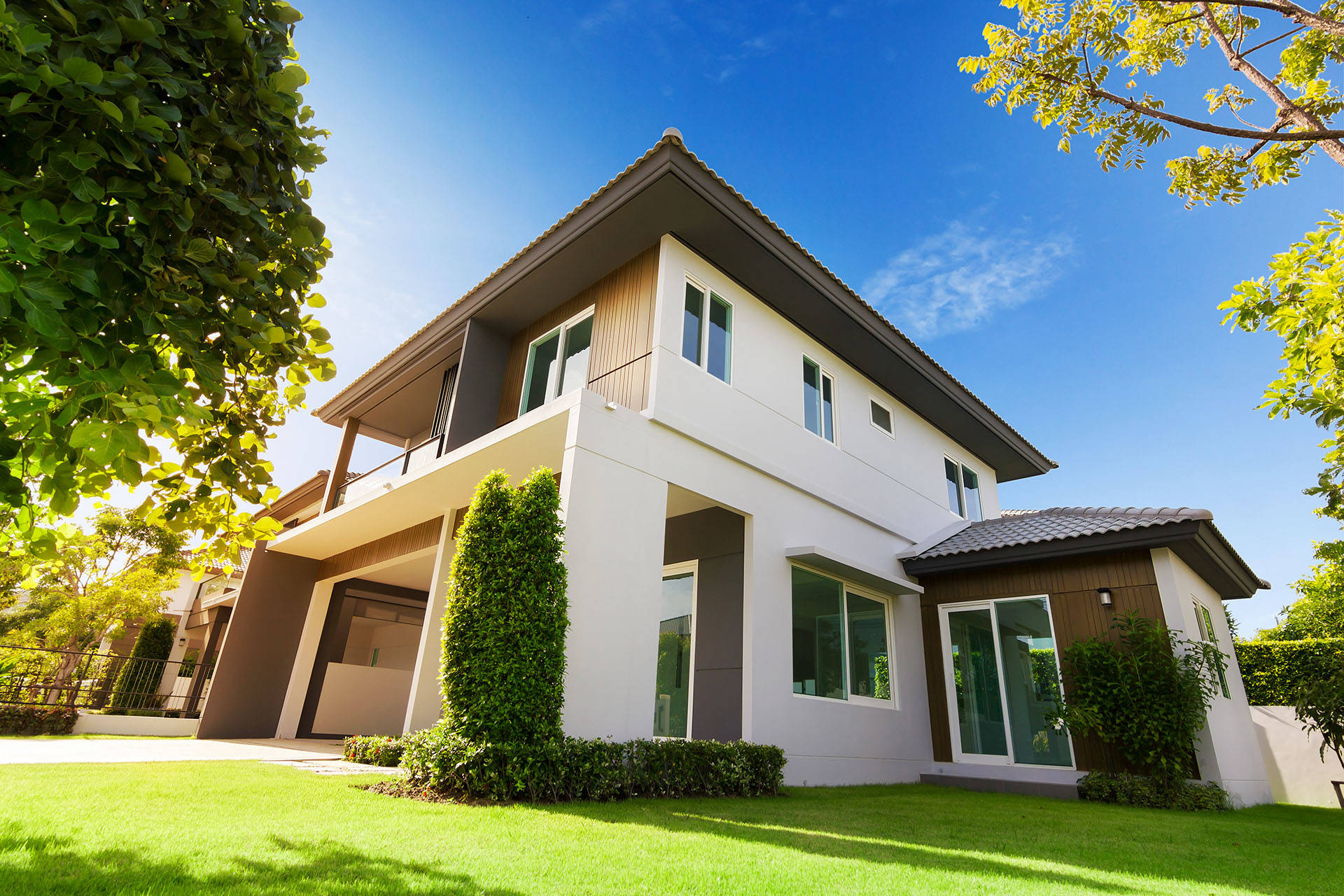
Introduction
Preparing external walls for render application is a crucial step in ensuring a successful and long-lasting rendering project. Proper preparation helps to ensure adhesion, durability, and a smooth finish for the render. In this step-by-step guide, we’ll walk you through the process of preparing external walls for rendering, covering everything from surface cleaning to substrate repairs.
Step 1: Clean the Surface
Begin by thoroughly cleaning the external walls to remove dirt, debris, and any loose or flaking paint. Use a pressure washer or hose with a high-pressure nozzle to remove stubborn dirt and grime. For heavily soiled areas, consider using a cleaning solution or detergent and scrubbing with a stiff brush. Allow the walls to dry completely before proceeding to the next step.
Step 2: Repair Surface Imperfections
Inspect the external walls for any surface imperfections, such as cracks, holes, or uneven areas. Use a suitable filler or patching compound to repair these imperfections and achieve a smooth and uniform surface. Ensure that the filler is fully cured and sanded down to create a seamless transition between the repaired areas and the surrounding wall surface.
Step 3: Treat Any Mould or Mildew
If there are signs of mould or mildew on the external walls, it’s essential to treat these areas before rendering. Use a fungicidal wash or solution to kill mould and mildew spores and prevent regrowth. Apply the treatment according to the manufacturer’s instructions and allow sufficient drying time before proceeding with the rendering process.
Step 4: Apply a Bonding Agent
To improve adhesion between the render and the substrate, apply a bonding agent to the prepared surface. Choose a bonding agent suitable for the type of render you’ll be using and follow the manufacturer’s instructions for application. Typically, the bonding agent is applied using a brush or roller and allowed to dry before applying the render.
Step 5: Protect Surrounding Areas
Before applying the render, take steps to protect surrounding areas, such as windows, doors, and landscaping features, from overspray and splatter. Cover these areas with plastic sheeting or masking tape to prevent damage and ensure a clean finish for your rendering project.
Step 6: Prime the Surface (Optional)
Depending on the type of render system used and substrate, you may choose to prime the surface before applying the render. Priming helps to seal the surface, improve adhesion, and enhance the durability of the render. Select a primer suitable for the type of substrate and follow the manufacturer’s instructions for application.
Step 7: Mix and Apply the Render
Finally, mix the render according to the manufacturer’s instructions, ensuring a smooth and uniform consistency. Apply the render to the prepared external walls using a trowel, starting from the bottom and working your way up. Use even pressure and smooth strokes to achieve a consistent thickness and finish for the render.
Conclusion
Properly preparing external walls for rendering is essential for achieving a successful and long-lasting result. By following this step-by-step guide and ensuring thorough surface cleaning, repair, treatment, and protection, you can create a smooth and durable surface ready for rendering. Whether you’re tackling a DIY project or hiring a professional contractor, proper preparation is key to achieving optimal results and ensuring the beauty and integrity of your external walls for years to come.




